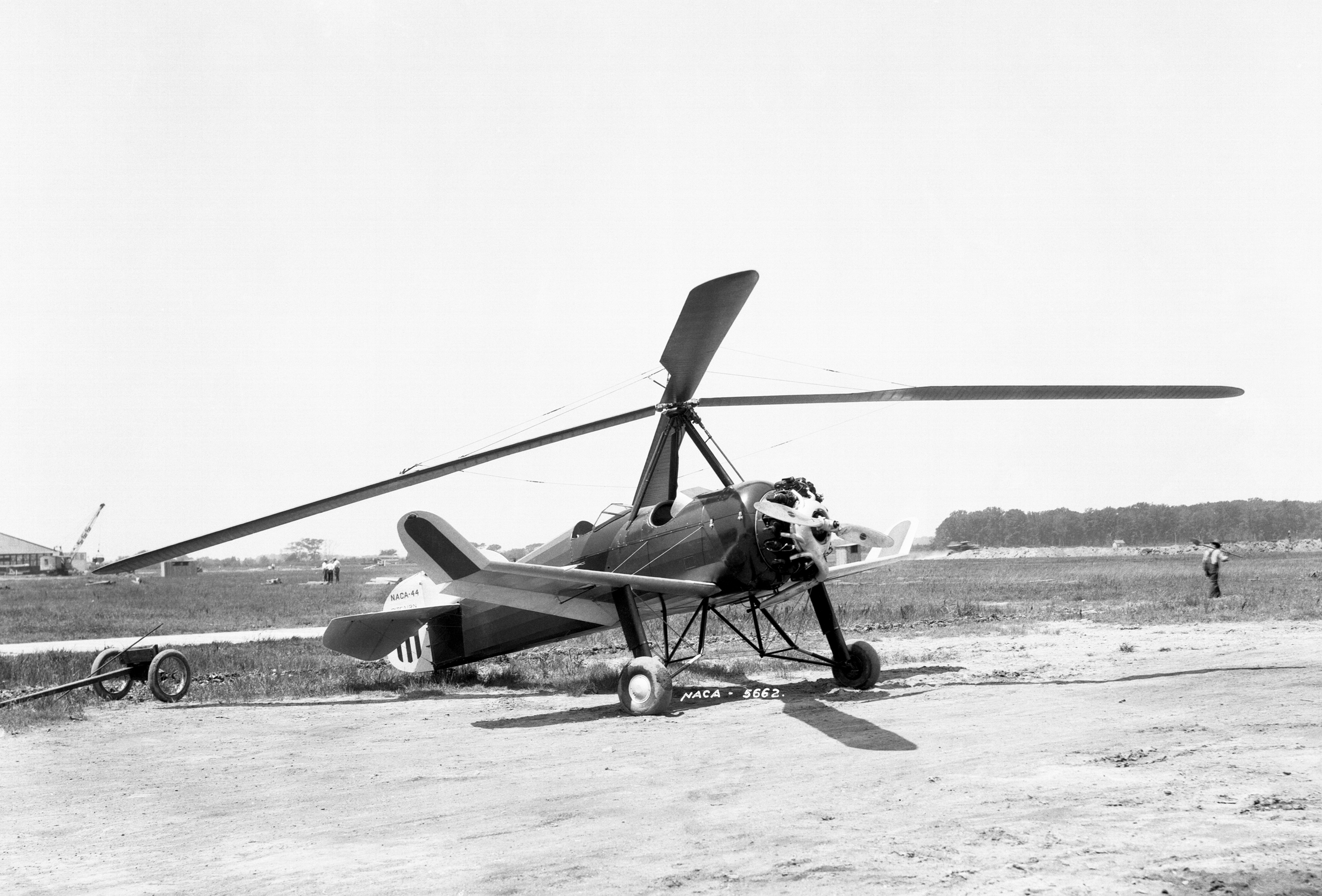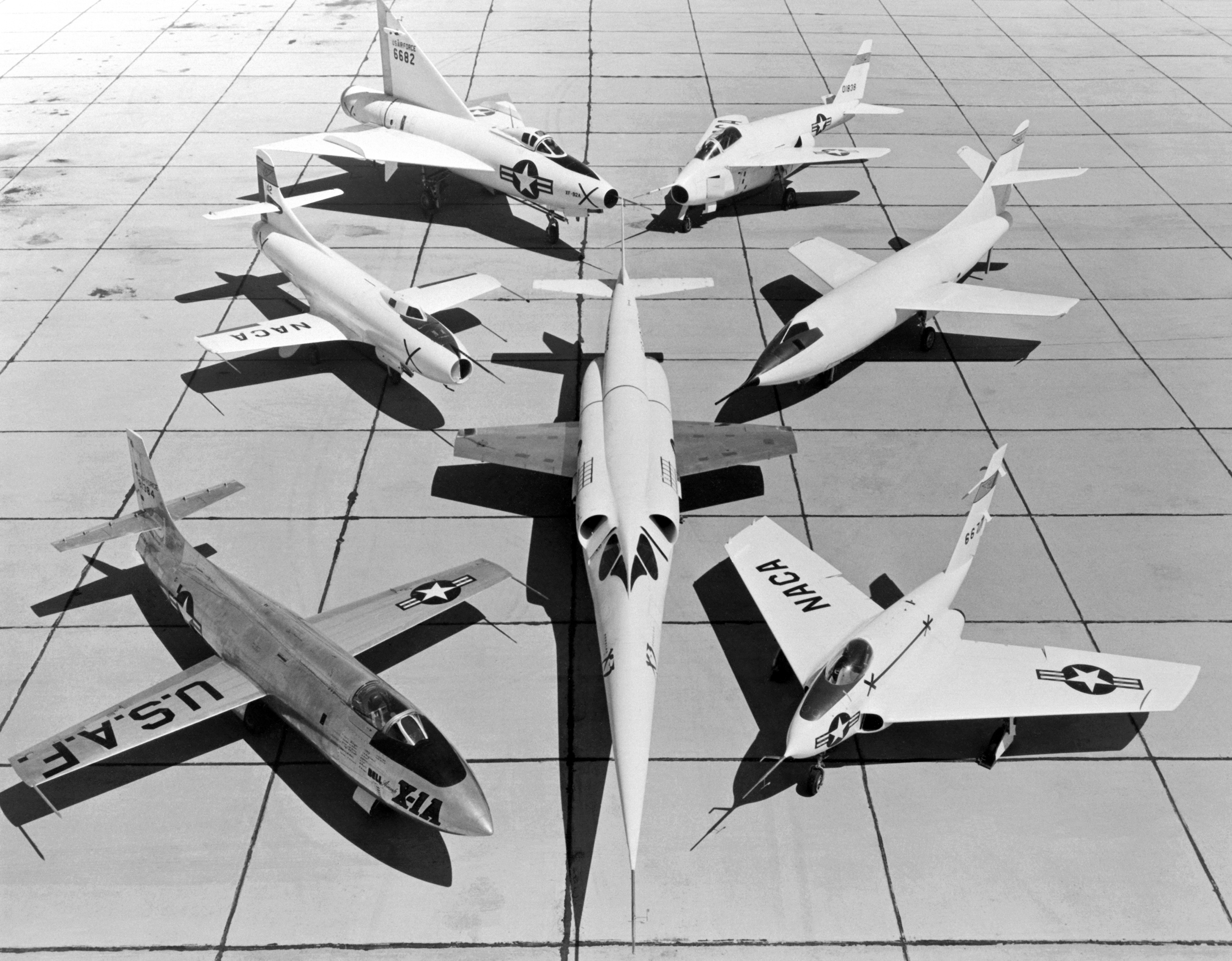|
Cierva C.6
The Cierva C.6 was the sixth autogyro designed by engineer Juan de la Cierva, and the first one to travel a "major" distance. Cierva, the engineer responsible for the invention of the autogyro, had spent all his funds on the research and creation of his first five prototypes. Therefore, in 1923, he turned to the Cuatro Vientos Aerodynamics Laboratory chief, Commander Emilio Herrera, who succeeded in persuading General Francisco Echagüe, the director of the Military Aviation Aeronautics Department, to take over the second stage in the research and development of Cierva's autogyros. After several wind tunnel tests, Military Aviation built a Cierva C.6 autogyro in an Avro 504 frame. This machine, piloted by Captain Joaquín Loriga Taboada, made three flights, all of them in March 1924. One of those flights, the eight-minute trip from Cuatro Vientos airfield to Getafe airfield (), was considered a giant step for Cierva's autogyros. The Cierva C.6 prototype was fitted with ailer ... [...More Info...] [...Related Items...] OR: [Wikipedia] [Google] [Baidu] |
Juan De La Cierva
Juan de la Cierva y Codorníu, 1st Count of la Cierva (; 21 September 1895 – 9 December 1936), was a Spanish civil engineer, pilot and a self-taught aeronautical engineer. His most famous accomplishment was the invention in 1920 of a rotorcraft called ''Autogiro'',''Aero Digest'', Feb 1939, p. 27 a single-rotor type of aircraft that came to be called autogyro in the English language. In 1923, after four years of experimentation, De la Cierva developed the articulated rotor, which resulted in the world's first successful flight of a stable rotary-wing aircraft, with his C.4 prototype. Early life Juan de la Cierva was born to a wealthy, aristocratic Spanish family, and for a time his father was the war minister. At the age of eight he was spending his pocket money with his friends on experiments with gliders in one of his father's work sheds. In their teens they constructed an aeroplane from the wreckage they had bought from a French aviator who had crashed the plane. The fina ... [...More Info...] [...Related Items...] OR: [Wikipedia] [Google] [Baidu] |
Seville
Seville ( ; , ) is the capital and largest city of the Spain, Spanish autonomous communities of Spain, autonomous community of Andalusia and the province of Seville. It is situated on the lower reaches of the Guadalquivir, River Guadalquivir, in the southwest of the Iberian Peninsula. Seville has a municipal population of about 701,000 , and a Seville metropolitan area, metropolitan population of about 1.5 million, making it the largest city in Andalusia and the List of metropolitan areas in Spain, fourth-largest city in Spain. Its old town, with an area of , contains a UNESCO World Heritage Site comprising three buildings: the Alcázar of Seville, Alcázar palace complex, the Seville Cathedral, Cathedral and the General Archive of the Indies. The Seville harbour, located about from the Atlantic Ocean, is the only river port in Spain. The capital of Andalusia features hot temperatures in the summer, with daily maximums routinely above in July and August. Seville was founded ... [...More Info...] [...Related Items...] OR: [Wikipedia] [Google] [Baidu] |
Aircraft First Flown In 1924
An aircraft ( aircraft) is a vehicle that is able to fly by gaining support from the air. It counters the force of gravity by using either static lift or the dynamic lift of an airfoil, or, in a few cases, direct downward thrust from its engines. Common examples of aircraft include airplanes, rotorcraft (including helicopters), airships (including blimps), gliders, paramotors, and hot air balloons. Part 1 (Definitions and Abbreviations) of Subchapter A of Chapter I of Title 14 of the U. S. Code of Federal Regulations states that aircraft "means a device that is used or intended to be used for flight in the air." The human activity that surrounds aircraft is called ''aviation''. The science of aviation, including designing and building aircraft, is called ''aeronautics.'' Crewed aircraft are flown by an onboard pilot, whereas unmanned aerial vehicles may be remotely controlled or self-controlled by onboard computers. Aircraft may be classified by different criteria, such as ... [...More Info...] [...Related Items...] OR: [Wikipedia] [Google] [Baidu] |
1920s Spanish Experimental Aircraft
Nineteen or 19 may refer to: * 19 (number) * One of the years 19 BC, AD 19, 1919, 2019 Films * ''19'' (film), a 2001 Japanese film * ''Nineteen'' (1987 film), a 1987 science fiction film * ''19-Nineteen'', a 2009 South Korean film * ''Diciannove'', a 2024 Italian drama film informally referred to as "Nineteen" in some sources Science * Potassium, an alkali metal * 19 Fortuna, an asteroid Music * 19 (band), a Japanese pop music duo Albums * ''19'' (Adele album), 2008 * ''19'', a 2003 album by Alsou * ''19'', a 2006 album by Evan Yo * ''19'', a 2018 album by MHD * ''19'', one half of the double album ''63/19'' by Kool A.D. * ''Number Nineteen'', a 1971 album by American jazz pianist Mal Waldron * ''XIX'' (EP), a 2019 EP by 1the9 Songs * "19" (song), a 1985 song by British musician Paul Hardcastle * "Stone in Focus", officially "#19", a composition by Aphex Twin * "Nineteen", a song from the 1992 album ''Refugee'' by Bad4Good * "Nineteen", a song from the 2001 al ... [...More Info...] [...Related Items...] OR: [Wikipedia] [Google] [Baidu] |
List Of Experimental Aircraft
As used here, an experimental or research and development aircraft, sometimes also called an X-plane, is one which is designed or substantially adapted to investigate novel flight technologies. Argentina * FMA I.Ae. 37, FMA I.Ae. 37 glider – testbed for production fighter Australia * GAF Pika – manned test craft for drone program Brazil * Baumgartl PB-60 – towed experimental rotor kite Canada *AEA Silver Dart (1909) – First aircraft to fly in Canada *Avrocar, Avro Canada Avrocar – Ducted fan VTOL *Birdman Project 102 – *Canadair CL-52 – jet engine testbed (converted Boeing B-47) *Canadair CL-84 Dynavert – tilt-wing VTOL *de Havilland Canada DHC-5 Buffalo, de Havilland Canada C-8A – Quiet Short-Haul Research Aircraft *de Havilland Canada DHC-5 Buffalo, de Havilland Canada C-8A – Air-Cushion Landing System *de Havilland Canada DHC-5 Buffalo, de Havilland Canada C-8A – Augmentor Wing *Marsden Gemini – variable-geometry glider *NRC tailless glider – tai ... [...More Info...] [...Related Items...] OR: [Wikipedia] [Google] [Baidu] |
Cierva C
The Cierva Autogiro Company was a British firm established in 1926 to develop the autogyro. The company was set up to further the designs of Juan de la Cierva, a Spanish engineer and pilot, with the financial backing of James George Weir, a Scottish industrialist and aviator. History Juan de la Cierva's first British-built autogyro was the C.8 design. It and some other designs were built in conjunction with Avro. The pre-war Cierva C.30 proved popular. Nearly 150 were built under licence in the United Kingdom by Avro, in Germany by Focke-Wulf, and in France by Lioré-et-Olivier. On 9 December 1936, Cierva was killed in the Croydon KLM airliner accident when the aircraft in which he was a passenger crashed after taking off in fog. Dr. James Allan Jamieson Bennett was promoted to Chief Technical Officer of the company and remained in the position until leaving in 1939. In addition to making important contributions to autogyro controls while at Cierva Autogyro, Bennett carried ... [...More Info...] [...Related Items...] OR: [Wikipedia] [Google] [Baidu] |
Clerget 9B
The Clerget 9B is a nine-cylinder rotary engine, rotary aircraft engine of the World War I era designed by Pierre Clerget. Manufactured in both France and Great Britain (Gwynnes Limited), it was used on such aircraft as the Sopwith Camel. The Clerget 9Bf was an increased Stroke (engine), stroke version.Lumsden 2003, p. 133. Variants ;Clerget 9B (1913) 130 hp (97 kW). 1,300 produced by Ruston, Proctor and Company, Ruston Proctor & Co Ltd of Lincoln, England, Lincoln ;Clerget 9Bf (1915) 140 hp (104 kW). Extended stroke 172 mm (6.75 in) version, increasing Engine displacement, capacity to 17.5 L (1,066.5 cu in). 1,750 produced by Gwynnes Limited and 600 produced by Ruston Proctor. Applications Clerget 9B *Armstrong Whitworth F.K.10 *Avro 504 *Avro 531 *Bristol M.1 *Cierva C.6 *Cierva C.8 *Fairey Hamble Baby *FBA Type C *Nieuport 12 *Nieuport 17bis *Sopwith Baby *Sopwith Camel *Sopwith Scooter *Sopwith Triplane *Sopwith 1½ Strutter Clerget 9Bf *Sopwi ... [...More Info...] [...Related Items...] OR: [Wikipedia] [Google] [Baidu] |
Madrid
Madrid ( ; ) is the capital and List of largest cities in Spain, most populous municipality of Spain. It has almost 3.5 million inhabitants and a Madrid metropolitan area, metropolitan area population of approximately 7 million. It is the Largest cities of the European Union by population within city limits, second-largest city in the European Union (EU), and its wikt:monocentric, monocentric Madrid metropolitan area, metropolitan area is the List of metropolitan areas in Europe by population, second-largest in the EU.United Nations Department of Economic and Social AffairWorld Urbanization Prospects (2007 revision), (United Nations, 2008), Table A.12. Data for 2007. The municipality covers geographical area. Madrid lies on the Manzanares (river), River Manzanares in the central part of the Iberian Peninsula at about above mean sea level. The capital city of both Spain and the surrounding Community of Madrid, autonomous community of Madrid (since 1983), it is also th ... [...More Info...] [...Related Items...] OR: [Wikipedia] [Google] [Baidu] |
Museo Del Aire (Spain)
Museum of Aeronautics and Astronautics (), also known as Air Museum (), is an aviation museum located at the Cuatro Vientos Air Base in Madrid, Spain, devoted to the history of the Spanish Air and Space Force. It is one of the National Museums of Spain and it is attached to the Ministry of Defence. The objective of the museum is to acquire, conserve and display the aircraft, equipment and associated paraphernalia that constitute the historical heritage of the Spanish Air and Space Force. It has an exterior exhibition and seven hangars. History In 1939 the Spanish Civil War came to an end and the Spanish Air Force was created. It is in this period the Ministry of the Air () appointed Colonel Társilo Ugarte Fernández to prepare a project for the creation of an aeronautic museum. However, 27 years passed before its creation. A first draft was presented in December 1948, with its location in the plant below the new building of the Ministry of the Air. Through subsequent studies ... [...More Info...] [...Related Items...] OR: [Wikipedia] [Google] [Baidu] |




